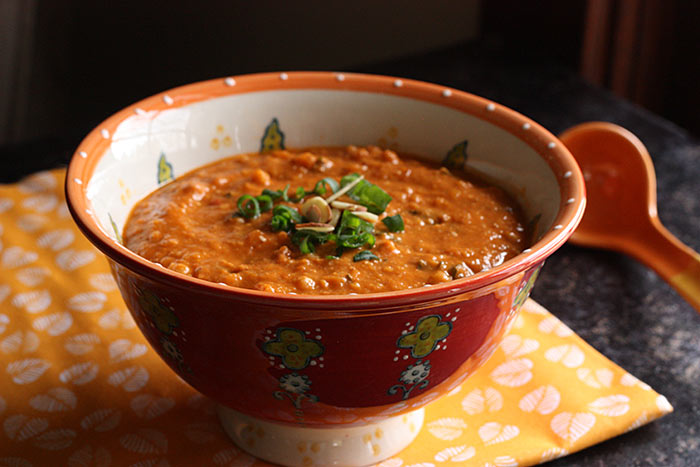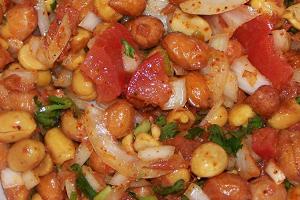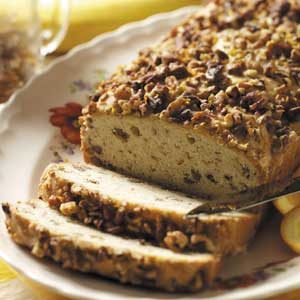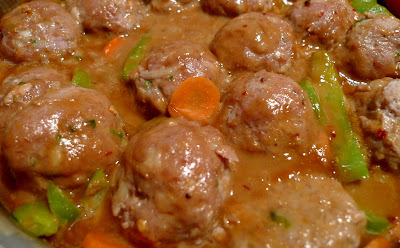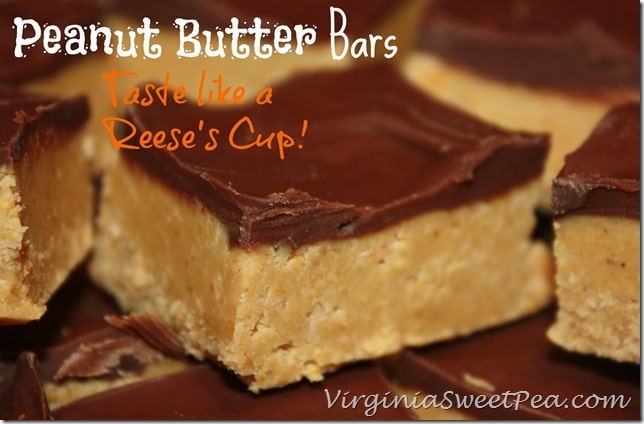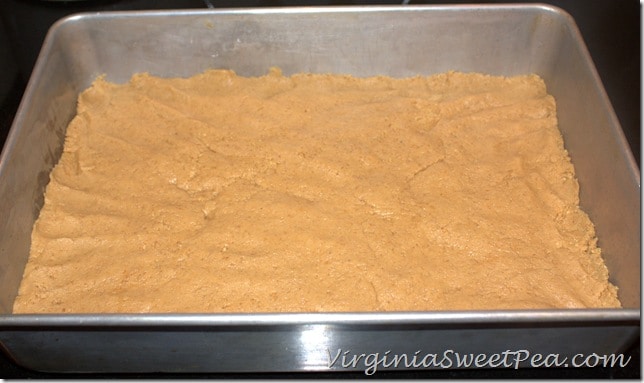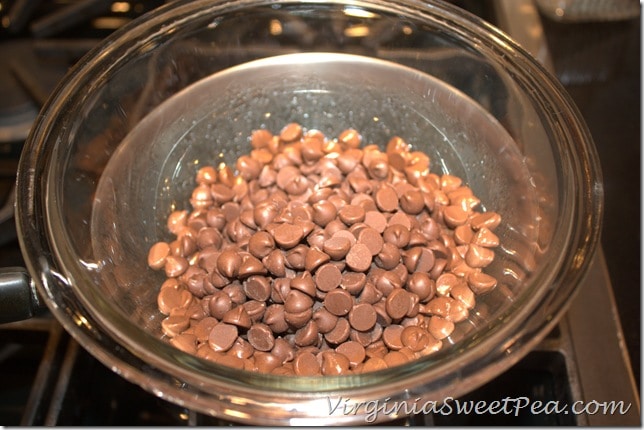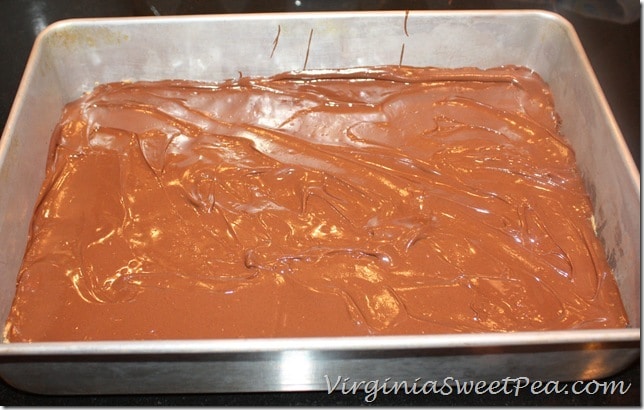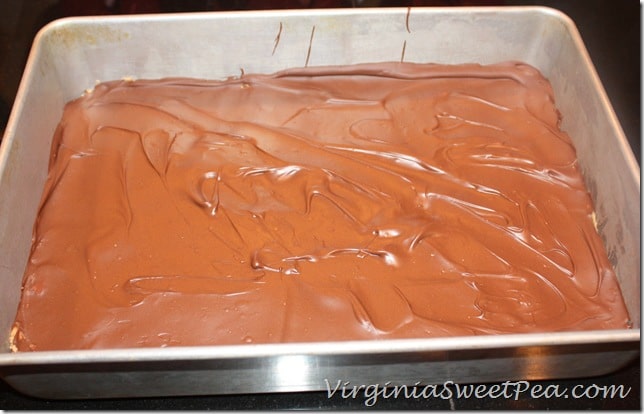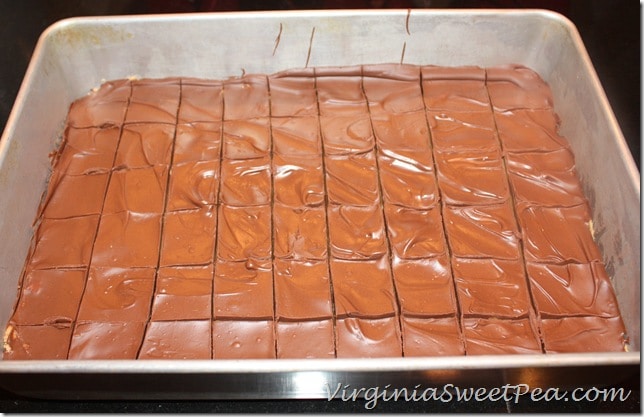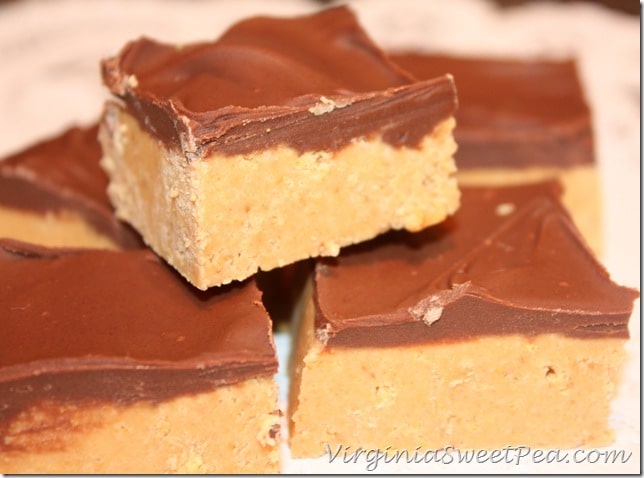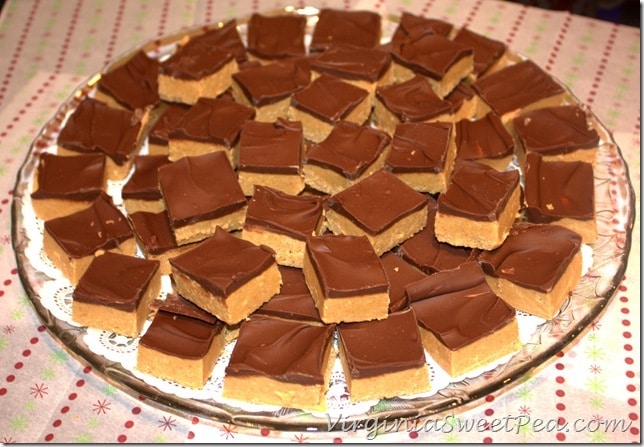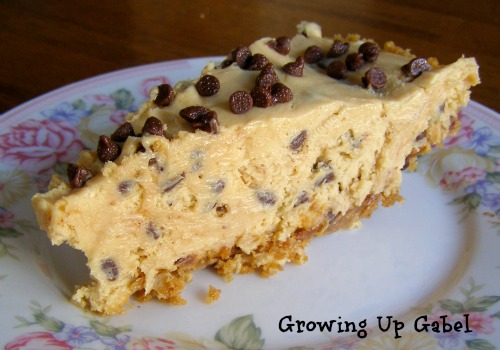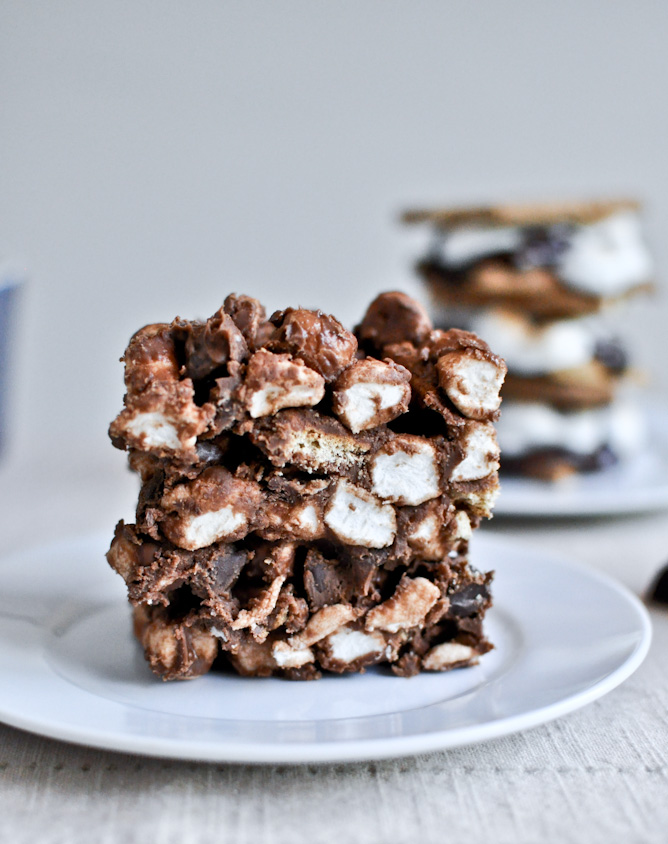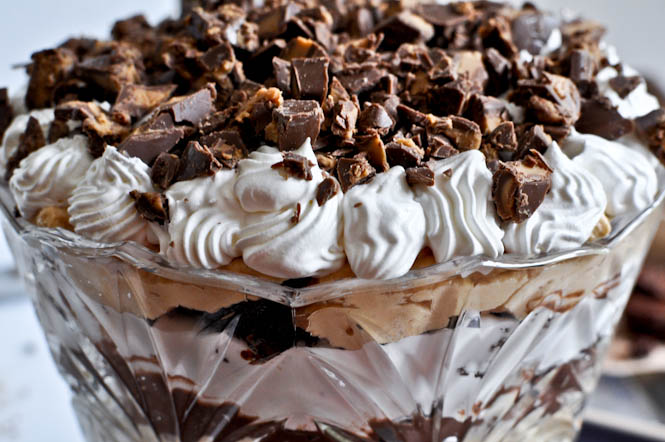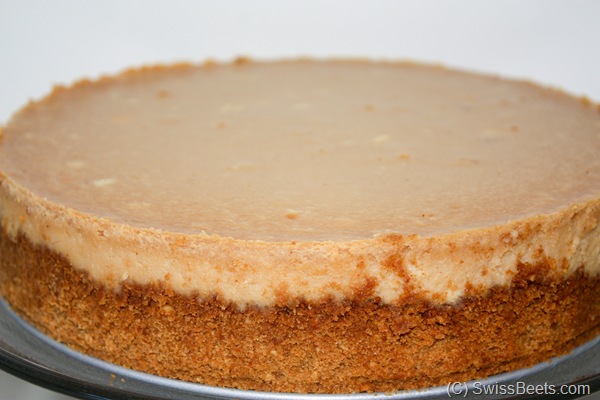sister herb
Official TTI Chef
At the first a short introduction to the peanuts:


The peanut, or groundnut (Arachis hypogaea), is a species in the legume or "bean" family (Fabaceae). The peanut was probably first domesticated and cultivated in the valleys of Paraguay.
Archeologists have dated the oldest specimens to about 7,600 years, found in Peru. Cultivation spread as far as Mesoamerica, where the Spanish conquistadors found the tlalcacahuatl (the plant's Nahuatl name, whence Mexican Spanish cacahuate and French cacahuète) being offered for sale in the marketplace of Tenochtitlan (Mexico City). The plant was later spread worldwide by European traders.
Although the peanut was mainly a garden crop for much of the colonial period of North America, it was mostly used as animal feed stock until the 1930s.
The peanut was introduced to China by Portuguese traders in the 17th century and another variety by American missionaries in the 19th century.
They became popular and are featured in many Chinese dishes, often being boiled. During the 1980s, peanut production began to increase so greatly that as of 2006, China was the world's largest peanut producer.
Varied applications

Shelled peanuts with skin
Peanuts have many uses. They can be eaten raw, used in recipes, made into solvents and oils, medicines, textile materials, and peanut butter, as well as many other uses. Popular confections made from peanuts include salted peanuts, peanut butter (sandwiches, peanut candy bars, peanut butter cookies, and cups), peanut brittle, and shelled nuts (plain/roasted). Salted peanuts are usually roasted in oil and packed in retail-size plastic bags or hermetically sealed cans. Dry roasted salted peanuts are also marketed in significant quantities. Peanuts are often a major ingredient in mixed nuts because of their relative cost compared to Brazil nuts, cashews, walnuts, and so on. Although peanut butter has been a tradition on camping trips and the like because of its high protein content and because it resists spoiling for long periods of time, the primary use of peanut butter is in the home. Large quantities are also used in the commercial manufacture of sandwiches, candy, and bakery products. Boiled peanuts are a preparation of raw, unshelled green peanuts boiled in brine and often eaten as a snack. More recently, fried peanut recipes have emerged – allowing both shell and nut to be eaten. Peanuts are also used in a wide variety of other areas, such as cosmetics, nitroglycerin, plastics, dyes and paints.
Peanut oil
Peanut oil is often used in cooking, because it has a mild flavor and a relatively high smoke point. Due to its high monounsaturated content, it is considered more healthy than saturated oils, and is resistant to rancidity. There are several types of peanut oil including: aromatic roasted peanut oil, refined peanut oil, extra virgin or cold pressed peanut oil and peanut extract. In the United States, refined peanut oil is exempt from allergen labeling laws.
Peanut flour
Peanut flour is lower in fat than peanut butter, and is popular with chefs because its high protein content makes it suitable as a flavor enhancer.[citation needed] Peanut flour is used as a gluten-free solution.
Boiled peanuts
Boiled peanuts are a popular snack in the southern United States, as well as in India, China and West Africa.
Dry roasted peanuts

Roasted peanuts as snack food
Dry peanuts can be roasted in the shell or shelled in a home oven if spread out one layer deep in a pan and baked at a temperature of 350 °F or 177 °C for 15 to 20 min (shelled) and 20 to 25 min (in shell).
Other uses
Peanuts can be used like other legumes and grains to make a lactose-free milk-like beverage, peanut milk.
Peanut plant tops are used for hay.
Low-grade or culled peanuts not suitable for the edible market are used in the production of peanut oil for manufacturing. The protein cake (oilcake meal) residue from oil processing is used as an animal feed and as a soil fertilizer. Low-grade peanuts are also widely sold as a garden bird feed.
Peanuts have a variety of industrial end uses. Paint, varnish, lubricating oil, leather dressings, furniture polish, insecticides, and nitroglycerin are made from peanut oil. Soap is made from saponified oil, and many cosmetics contain peanut oil and its derivatives. The protein portion is used in the manufacture of some textile fibers. Peanut shells are used in the manufacture of plastic, wallboard, abrasives, fuel, cellulose (used in rayon and paper) and mucilage (glue). Rudolf Diesel ran some of the first engines that bear his name on peanut oil[17] and it is still seen as a potentially useful fuel.
Allergies
Some people (0.6% of the United States population) report that they mild to severe allergic reactions to peanut exposure; symptoms can range from watery eyes to anaphylactic shock, which can be fatal if untreated. For these individuals, eating a small amount of peanuts can cause a reaction. Because of their widespread use in prepared and packaged foods, the avoidance of peanuts is difficult. Some foods processed in facilities which also handle peanuts may carry warnings on their labels indicating such.
A hypothesis of the development of peanut allergy has to do with the way peanuts are processed in North America versus other countries, such as Pakistan and China, where peanuts are widely eaten. According to a 2003 study, roasting peanuts, as more commonly done in North America, causes the major peanut allergen Ara h2 to become a stronger inhibitor of the digestive enzyme trypsin, making it more resistant to digestion. Additionally, this allergen has also been shown to protect Ara h1, another major peanut allergen, from digestion — a characteristic further enhanced by roasting.
Another hypothesis, called the hygiene hypothesis, states that a lack of early childhood exposure to infectious agents like germs and parasites could be causing the increase of food allergies.
Recent (2008) studies comparing age of peanut introduction in Great Britain with introduction in Israel appear to show that delaying exposure to peanuts can dramatically increase the risk of developing peanut allergies.
Results from some animal studies (and limited evidence from human subjects) suggest that the dose of peanuts is an important mediator of peanut sensitisation and tolerance; low doses tend to lead to sensitisation and higher doses tend to lead to tolerance.
Peanut allergy has been associated with the use of skin preparations containing peanut oil among children, but the evidence is not regarded as conclusive. Peanut allergies have also been associated with family history and intake of soy products.
Though the allergy can last a lifetime, another 2003 study indicates that 23.3% of children will outgrow a peanut allergy.
Some school districts in the United States have banned peanuts. There are experimental techniques which appear to have desensitized some allergic individuals. The most popular technique, oral immunotherapy, works to create desensitization in those allergic by feeding them small amounts of peanuts until their body becomes desensitized. Some progress is possibly being made in the UK, where researchers at Cambridge are studying the effectiveness of the desensitization technique.
Research indicates that refined peanut oil will not cause allergic reactions in most people with peanut allergies. However, crude (unrefined) peanut oils are strongly flavoured, and have been shown to contain protein, which may cause allergic reactions. In a randomized, double-blind crossover study, 60 people with proven peanut allergy were challenged with both crude peanut oil and refined peanut oil. The authors conclude, "Crude peanut oil caused allergic reactions in 10% of allergic subjects studied and should continue to be avoided." They also state, "Refined peanut oil does not seem to pose a risk to most people with peanut allergy." However, they point out that refined peanut oil can still pose a risk to peanut-allergic individuals if oil that has previously been used to cook foods containing peanuts is reused.


The peanut, or groundnut (Arachis hypogaea), is a species in the legume or "bean" family (Fabaceae). The peanut was probably first domesticated and cultivated in the valleys of Paraguay.
Archeologists have dated the oldest specimens to about 7,600 years, found in Peru. Cultivation spread as far as Mesoamerica, where the Spanish conquistadors found the tlalcacahuatl (the plant's Nahuatl name, whence Mexican Spanish cacahuate and French cacahuète) being offered for sale in the marketplace of Tenochtitlan (Mexico City). The plant was later spread worldwide by European traders.
Although the peanut was mainly a garden crop for much of the colonial period of North America, it was mostly used as animal feed stock until the 1930s.
The peanut was introduced to China by Portuguese traders in the 17th century and another variety by American missionaries in the 19th century.
They became popular and are featured in many Chinese dishes, often being boiled. During the 1980s, peanut production began to increase so greatly that as of 2006, China was the world's largest peanut producer.
Varied applications

Shelled peanuts with skin
Peanuts have many uses. They can be eaten raw, used in recipes, made into solvents and oils, medicines, textile materials, and peanut butter, as well as many other uses. Popular confections made from peanuts include salted peanuts, peanut butter (sandwiches, peanut candy bars, peanut butter cookies, and cups), peanut brittle, and shelled nuts (plain/roasted). Salted peanuts are usually roasted in oil and packed in retail-size plastic bags or hermetically sealed cans. Dry roasted salted peanuts are also marketed in significant quantities. Peanuts are often a major ingredient in mixed nuts because of their relative cost compared to Brazil nuts, cashews, walnuts, and so on. Although peanut butter has been a tradition on camping trips and the like because of its high protein content and because it resists spoiling for long periods of time, the primary use of peanut butter is in the home. Large quantities are also used in the commercial manufacture of sandwiches, candy, and bakery products. Boiled peanuts are a preparation of raw, unshelled green peanuts boiled in brine and often eaten as a snack. More recently, fried peanut recipes have emerged – allowing both shell and nut to be eaten. Peanuts are also used in a wide variety of other areas, such as cosmetics, nitroglycerin, plastics, dyes and paints.
Peanut oil
Peanut oil is often used in cooking, because it has a mild flavor and a relatively high smoke point. Due to its high monounsaturated content, it is considered more healthy than saturated oils, and is resistant to rancidity. There are several types of peanut oil including: aromatic roasted peanut oil, refined peanut oil, extra virgin or cold pressed peanut oil and peanut extract. In the United States, refined peanut oil is exempt from allergen labeling laws.
Peanut flour
Peanut flour is lower in fat than peanut butter, and is popular with chefs because its high protein content makes it suitable as a flavor enhancer.[citation needed] Peanut flour is used as a gluten-free solution.
Boiled peanuts
Boiled peanuts are a popular snack in the southern United States, as well as in India, China and West Africa.
Dry roasted peanuts

Roasted peanuts as snack food
Dry peanuts can be roasted in the shell or shelled in a home oven if spread out one layer deep in a pan and baked at a temperature of 350 °F or 177 °C for 15 to 20 min (shelled) and 20 to 25 min (in shell).
Other uses
Peanuts can be used like other legumes and grains to make a lactose-free milk-like beverage, peanut milk.
Peanut plant tops are used for hay.
Low-grade or culled peanuts not suitable for the edible market are used in the production of peanut oil for manufacturing. The protein cake (oilcake meal) residue from oil processing is used as an animal feed and as a soil fertilizer. Low-grade peanuts are also widely sold as a garden bird feed.
Peanuts have a variety of industrial end uses. Paint, varnish, lubricating oil, leather dressings, furniture polish, insecticides, and nitroglycerin are made from peanut oil. Soap is made from saponified oil, and many cosmetics contain peanut oil and its derivatives. The protein portion is used in the manufacture of some textile fibers. Peanut shells are used in the manufacture of plastic, wallboard, abrasives, fuel, cellulose (used in rayon and paper) and mucilage (glue). Rudolf Diesel ran some of the first engines that bear his name on peanut oil[17] and it is still seen as a potentially useful fuel.
Allergies
Some people (0.6% of the United States population) report that they mild to severe allergic reactions to peanut exposure; symptoms can range from watery eyes to anaphylactic shock, which can be fatal if untreated. For these individuals, eating a small amount of peanuts can cause a reaction. Because of their widespread use in prepared and packaged foods, the avoidance of peanuts is difficult. Some foods processed in facilities which also handle peanuts may carry warnings on their labels indicating such.
A hypothesis of the development of peanut allergy has to do with the way peanuts are processed in North America versus other countries, such as Pakistan and China, where peanuts are widely eaten. According to a 2003 study, roasting peanuts, as more commonly done in North America, causes the major peanut allergen Ara h2 to become a stronger inhibitor of the digestive enzyme trypsin, making it more resistant to digestion. Additionally, this allergen has also been shown to protect Ara h1, another major peanut allergen, from digestion — a characteristic further enhanced by roasting.
Another hypothesis, called the hygiene hypothesis, states that a lack of early childhood exposure to infectious agents like germs and parasites could be causing the increase of food allergies.
Recent (2008) studies comparing age of peanut introduction in Great Britain with introduction in Israel appear to show that delaying exposure to peanuts can dramatically increase the risk of developing peanut allergies.
Results from some animal studies (and limited evidence from human subjects) suggest that the dose of peanuts is an important mediator of peanut sensitisation and tolerance; low doses tend to lead to sensitisation and higher doses tend to lead to tolerance.
Peanut allergy has been associated with the use of skin preparations containing peanut oil among children, but the evidence is not regarded as conclusive. Peanut allergies have also been associated with family history and intake of soy products.
Though the allergy can last a lifetime, another 2003 study indicates that 23.3% of children will outgrow a peanut allergy.
Some school districts in the United States have banned peanuts. There are experimental techniques which appear to have desensitized some allergic individuals. The most popular technique, oral immunotherapy, works to create desensitization in those allergic by feeding them small amounts of peanuts until their body becomes desensitized. Some progress is possibly being made in the UK, where researchers at Cambridge are studying the effectiveness of the desensitization technique.
Research indicates that refined peanut oil will not cause allergic reactions in most people with peanut allergies. However, crude (unrefined) peanut oils are strongly flavoured, and have been shown to contain protein, which may cause allergic reactions. In a randomized, double-blind crossover study, 60 people with proven peanut allergy were challenged with both crude peanut oil and refined peanut oil. The authors conclude, "Crude peanut oil caused allergic reactions in 10% of allergic subjects studied and should continue to be avoided." They also state, "Refined peanut oil does not seem to pose a risk to most people with peanut allergy." However, they point out that refined peanut oil can still pose a risk to peanut-allergic individuals if oil that has previously been used to cook foods containing peanuts is reused.









